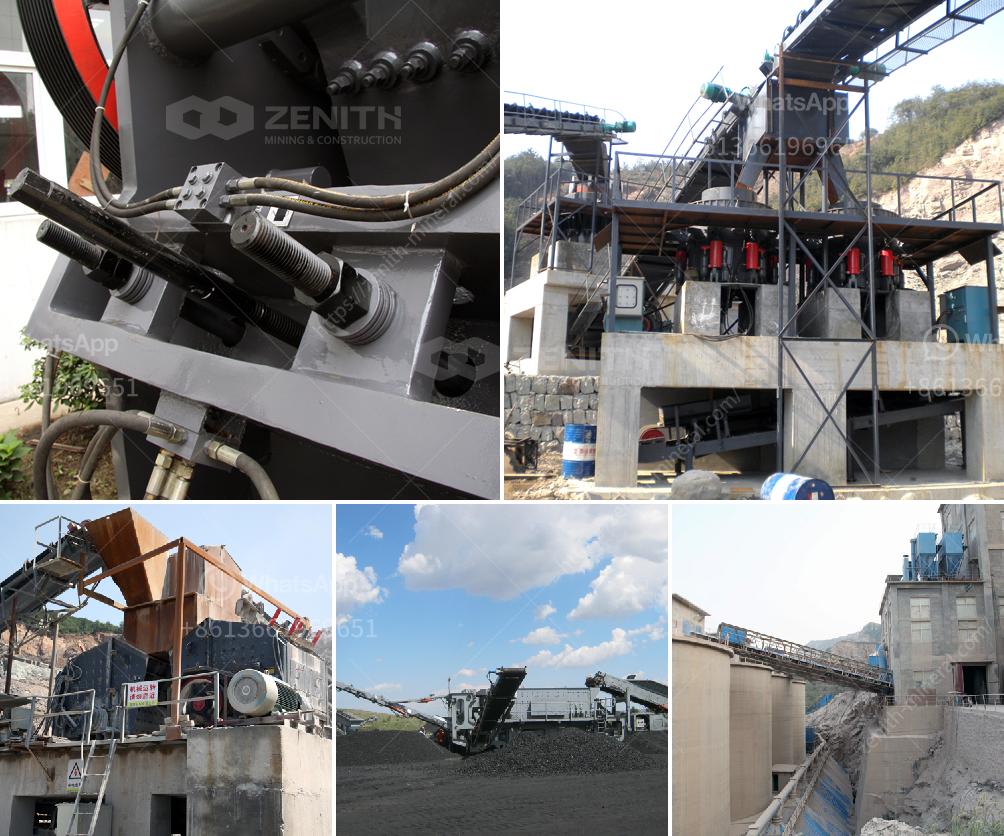The terms "quarry" and "mine" are often used interchangeably, but they refer to different types of operations and have distinct characteristics. Here is a detailed explanation of the differences between a quarry and a mine:
Definition: A quarry is a type of open-pit mine from which rock, sand, gravel, or slate is excavated. Quarries are generally used for extracting building materials, such as dimension stone, construction aggregate, riprap, sand, and gravel.
Operation: Quarries are typically shallow and are used to extract materials that are close to the surface. The extraction process involves removing the overburden (the soil and rock overlaying the material to be extracted) and then using various methods to break and remove the desired material.
Materials Extracted: Quarries primarily produce materials used in construction, such as limestone, granite, marble, sandstone, and slate. These materials are often used for building roads, buildings, and other infrastructure projects.
Environmental Impact: Quarries can have significant environmental impacts, including habitat destruction, dust, noise, and water pollution. However, because they are usually smaller and shallower than mines, their impact is often less extensive.
Reclamation: After a quarry has been exhausted, the site can be reclaimed and repurposed for other uses, such as parks, lakes, or even residential developments. Reclamation efforts are often required by law to mitigate environmental damage.
Definition: A mine is an excavation in the earth for extracting minerals, ores, and other valuable geological materials. Mines can be either surface (open-pit) or underground operations.
Operation: Mines can be much deeper than quarries and involve more complex extraction processes. Surface mines remove large quantities of overburden to reach the ore, while underground mines involve tunneling and shaft sinking to access the material.
Materials Extracted: Mines produce a wide variety of materials, including metals (such as gold, silver, copper, and iron), coal, gemstones, and industrial minerals (such as potash, salt, and phosphates). The materials extracted from mines are often used in manufacturing, energy production, and various industrial processes.
Environmental Impact: Mining operations can have significant and long-lasting environmental impacts, including deforestation, soil erosion, water contamination, and habitat destruction. The scale of these impacts depends on the type of mining and the materials being extracted.
Reclamation: Reclamation of mine sites is a complex and often costly process. It involves restoring the land to its natural state or repurposing it for other uses. Reclamation efforts are essential to mitigate the environmental damage caused by mining and are often mandated by regulatory agencies.
In summary, while both quarries and mines involve the extraction of valuable materials from the earth, they differ in terms of the materials extracted, the methods used, the scale of operations, and their environmental impacts. Understanding these differences is crucial for effective resource management and environmental conservation.

